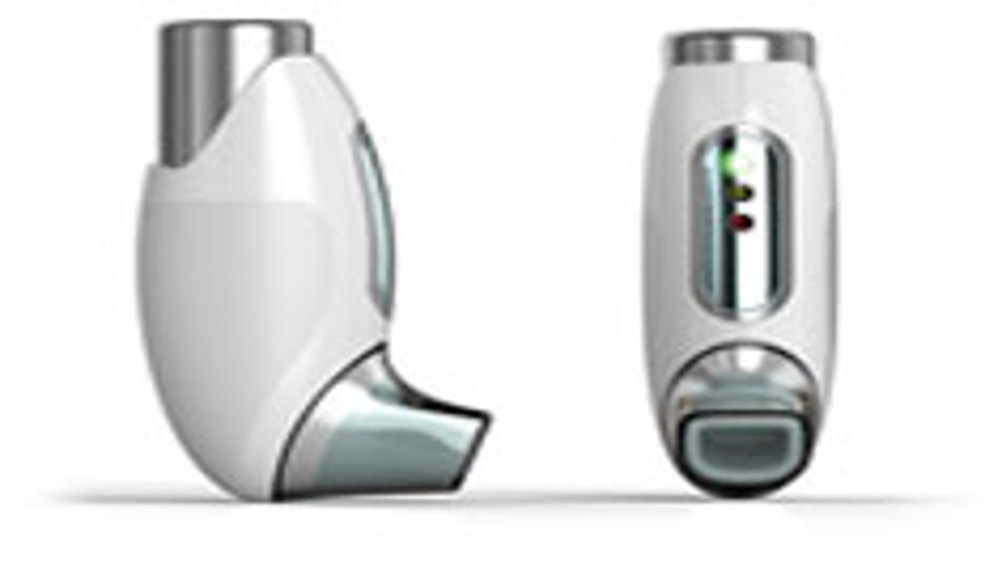Acoustic inhaler analysis
Cambridge, UK-based Sagentia has developed an acoustic analysis technique to understand how an inhaler is functioning.

The company claims that the Sensohaler technology will help doctors to understand the efficacy of medication and help drug providers learn how their products perform early on in clinical trials.
The Sensohaler comprises a microphone sensor and a processor for signal analysis that can sit in or on an inhaler. It accurately measures and monitors key performance characteristics - such as flowrate, inhaled volume and peak inspiratory flowrate, and confirms events such as the firing of a breath actuation mechanism (BAM) and delivery of the formulation through the airway of the device.
The technique is completely non-invasive, having no effect on the airflow or the aerosolisation performance of the inhaler and - if required - could be imperceptible to the user.
A feasibility study using the Sensohaler demonstrated the accuracy of the technology on a range of devices and inhaler types. It proved with two different inhaler types that the flowrate accuracy is on par with that of a thermal mass flowmeter.
Register now to continue reading
Thanks for visiting The Engineer. You’ve now reached your monthly limit of news stories. Register for free to unlock unlimited access to all of our news coverage, as well as premium content including opinion, in-depth features and special reports.
Benefits of registering
-
In-depth insights and coverage of key emerging trends
-
Unrestricted access to special reports throughout the year
-
Daily technology news delivered straight to your inbox










Fusion inches closer as ITER completes magnet system
I believe the purpose of ITER isn't to make usable power, it is a research project which will be used to design the first generation of actual...